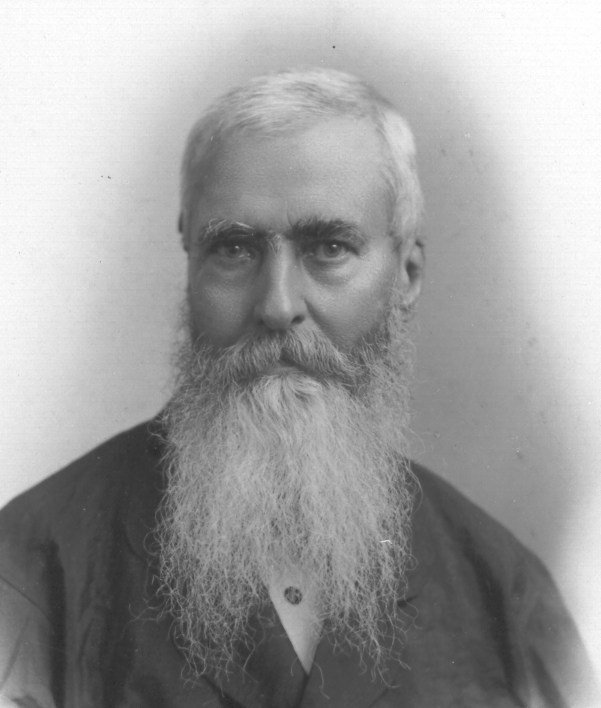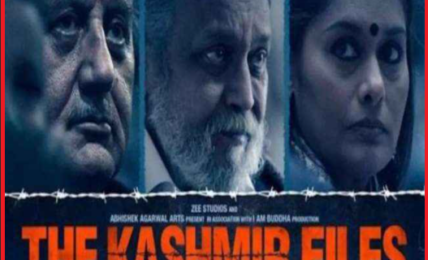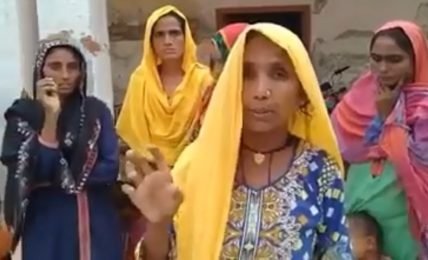Robert Caldwell and his Dravidian Theory – how long should we tolerate?
Robert Caldwell came up with some fantastic ideas - Dravidian Language Family which is related with Scythian and even Australian Language Families and not Sanskrit, a supposed Scythian Invasion which ejected the Dravidians out of North India - and the Scythians themselves faced the same fate in the hands of Aryans, and many such. These fantastic ideas are still held in high esteem - if not in whole, but in parts and have wrought unexplainable damage to the Indian narrative.





